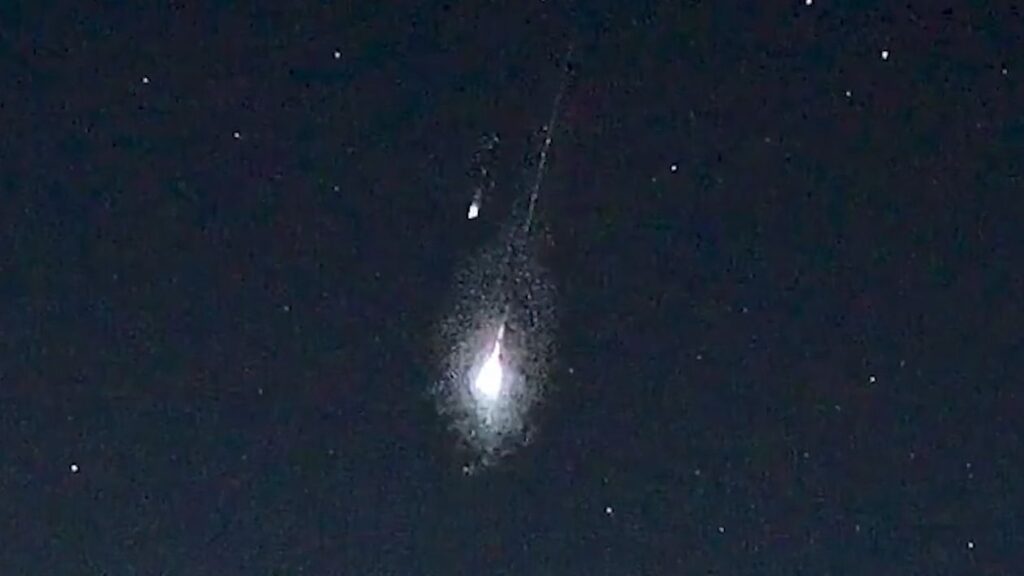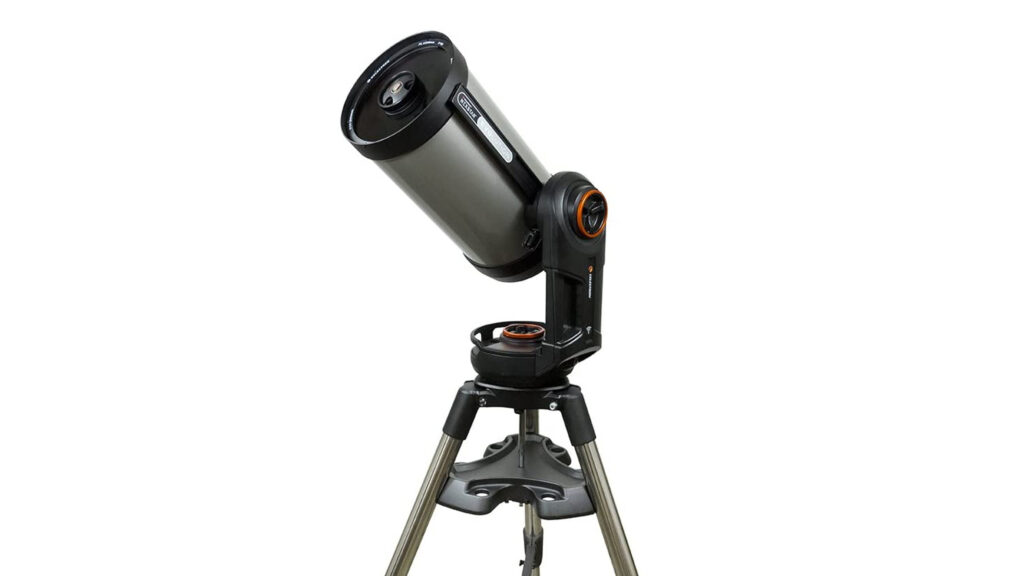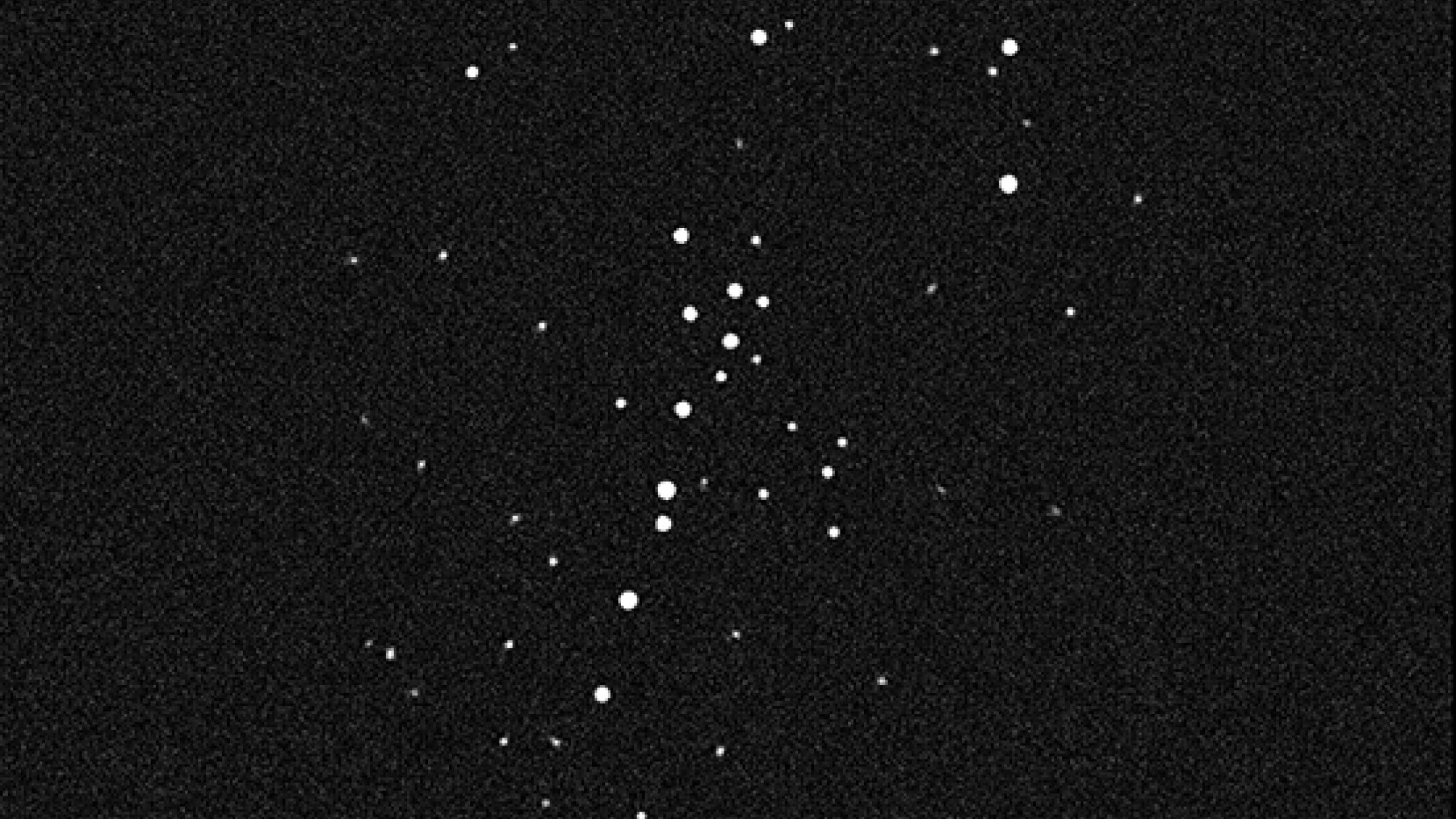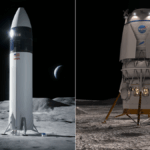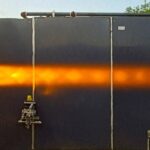Now Reading: Supernovas are hard to detect. Scientists just found a way to spot them hours after they explode
-
01
Supernovas are hard to detect. Scientists just found a way to spot them hours after they explode
Supernovas are hard to detect. Scientists just found a way to spot them hours after they explode
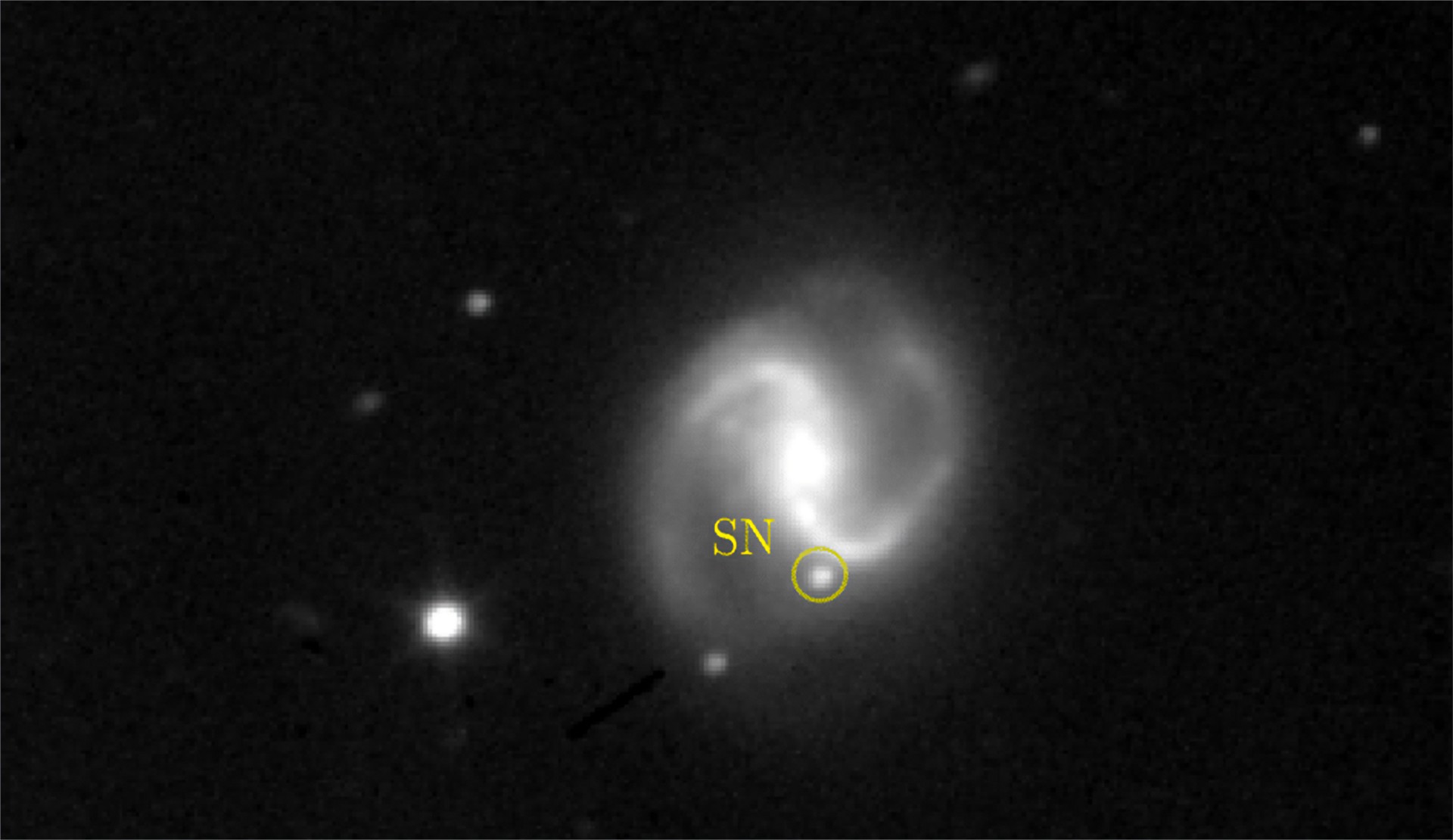
The early stages of a supernova explosion are revelatory in what they can reveal about stars that go boom. But while catching them immediately after they detonate has proven largely elusive, astronomers now think they have developed a foolproof way to spot a young supernova.
Although we know what type of star will go supernova, we cannot predict when a star in a distant galaxy might explode. In the past it has been down to pure luck as to whether we were looking in the right direction at the right time to see a supernova just hours after it blows up.
Large-scale surveys that scan the entire night sky every few days have evened the odds somewhat, but now the challenge faced by astronomers is spotting a young supernova among the huge amounts of data that these surveys collect. To surmount this problem, very specific protocols based on strict criteria are required to recognize an early supernova. “The sooner we see them, the better,” said Lluís Galbany of the Institute of Space Sciences in Barcelona, who led the research, in a statement.
Two types of stars explode as a supernova. The first type are white dwarfs, which are the remnants of sun-like stars. Once their mass grows above 1.44 times the mass of our sun, known as the Chandrasekhar limit, they explode as a supernova. This happens if they can they can steal matter from a close companion star or collide and merge with another white dwarf.
The other type of star that goes supernova is a giant star with a mass at least eight times greater than the sun. When such a star runs out of nuclear fuel, its core collapses to form a neutron star, while its outer layers rebound and explode outwards.
Galbany’s team used what is currently the largest optical telescope in the world, the 10.4-meter Gran Telescopio de Canarias in the Canary Islands, to follow up on 10 early supernova explosions. Five were core-collapsing massive stars, and five were the detonation of white dwarfs. Most were spotted within six days of exploding, and a couple were less than 48 hours young.
These ten were found by following a specific protocol. First, a candidate early supernova must be missing from the previous night’s set of images, to guarantee that we are seeing it in its earliest phase. Second, the new object must be seen in a galaxy so that we don’t mistake some other transient object, such as a flare star in our Milky Way galaxy, or a fluctuating quasar, for a supernova. When both conditions are met, the detection sparks into life the OSIRIS (Optical System for Imaging and low-Intermediate-Resolution Integrated Spectroscopy) instrument on the Gran Telescopio de Canarias to measure each supernova’s spectrum.
“A supernova’s spectrum tells us, for instance, whether the star contained hydrogen, meaning we are looking at a core-collapse supernova,” said Galbany. “Knowing about the supernova in its very earliest moments also lets us seek other kinds of data on the same object.”
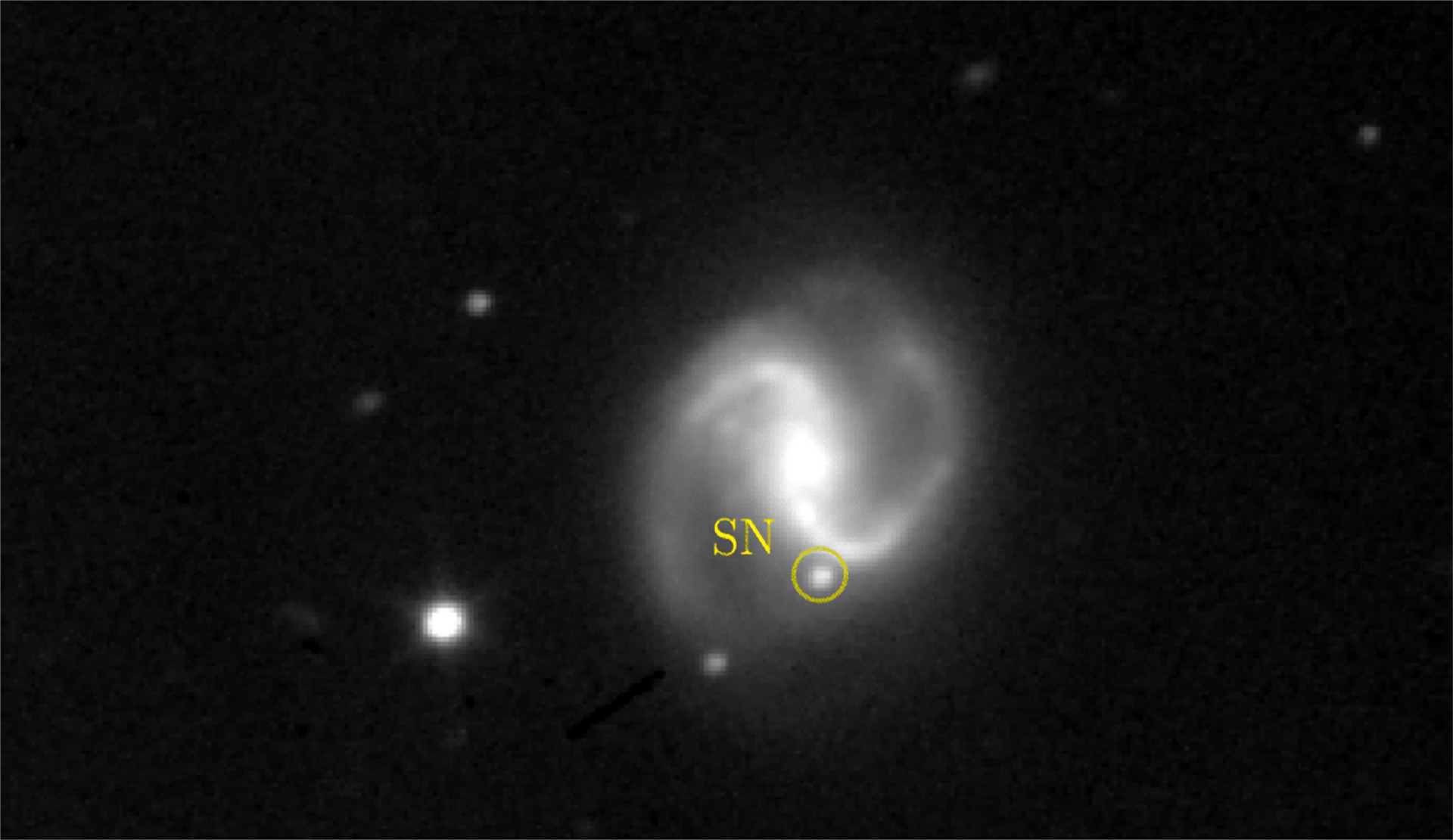
The first few hours and days of a supernova can tell astronomers a great deal about the star that has exploded, and how it has exploded. In particular, one of the things astronomers look for is called the ‘shock breakout’. This is a brief flash as the supernova shockwave breaks out through the outer layer of the star. The details of this flash reveal whether the explosion is asymmetric, which in turn is related to the interior structure of the star, the size of the star and its surface composition.
Meanwhile, when the blast wave slams into shells of material ejected by a star in the run-up to it exploding, the supernova produces a short-lived ‘flash spectrum’. This reveals what gases are in the shells that until recently were part of the star itself. The flash spectrum also helps astronomers picture the broader environment around the doomed star, which can teach us about the regions of space that produce stars that go supernova. And bumps in the early light curve of a supernova could indicate the presence of a close companion – a nearby star, brown dwarf or giant planet – that has become caught up in the conflagration.
The Vera C. Rubin Observatory is ideally placed to discover early supernovas when it becomes fully operational before the end of 2025. An estimated ten million alerts will be issued each night by Rubin, a mix of variable stars, asteroids, quasars, stellar flares, transiting exoplanets and supernovas. There are nine brokers that can then be utilized to filter those ten million alerts to an astronomer’s chosen criteria, and the protocol developed by Galbany’s team can be adapted for use on one of these brokers to identify early supernova explosions.
Galbany thinks that it will become possible to routinely detect supernovas younger than 24 hours, which could have a transformative effect on our understanding of exploding stars.
“We now know that a rapid-response spectroscopic program, well coordinated with deep photometric surveys, can realistically collect spectra within a day of the explosion, paving the way for systematic studies of the very earliest phases in forthcoming large surveys,” he said.
The conclusions of Galbany’s team were published on Aug. 19 in the Journal of Cosmology and Astroparticle Physics.
Stay Informed With the Latest & Most Important News
-
 012024 in Review: Highlights from NASA in Silicon Valley
012024 in Review: Highlights from NASA in Silicon Valley -
 02Panasonic Leica Summilux DG 15mm f/1.7 ASPH review
02Panasonic Leica Summilux DG 15mm f/1.7 ASPH review -
 03How New NASA, India Earth Satellite NISAR Will See Earth
03How New NASA, India Earth Satellite NISAR Will See Earth -
 04And Thus Begins A New Year For Life On Earth
04And Thus Begins A New Year For Life On Earth -
 05Astronomy Activation Ambassadors: A New Era
05Astronomy Activation Ambassadors: A New Era -
06SpaceX launch surge helps set new global launch record in 2024
-
 07Space Force plans new ‘Futures Command’ amid pressure to speed up modernization
07Space Force plans new ‘Futures Command’ amid pressure to speed up modernization












